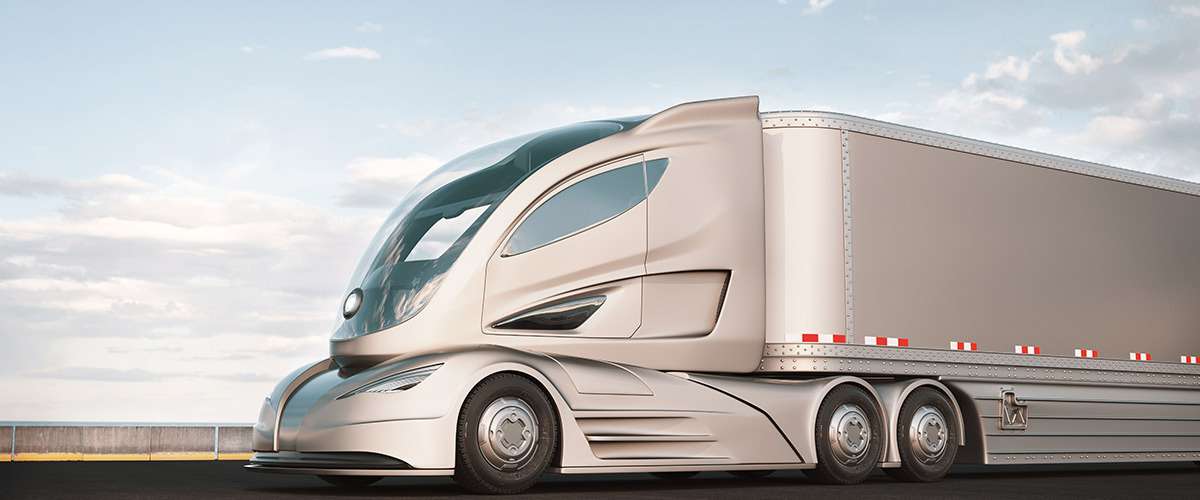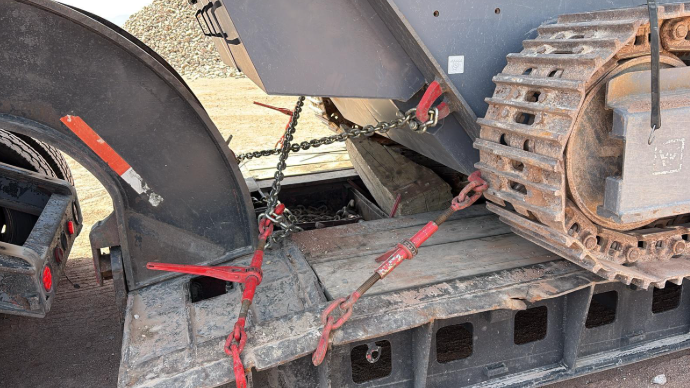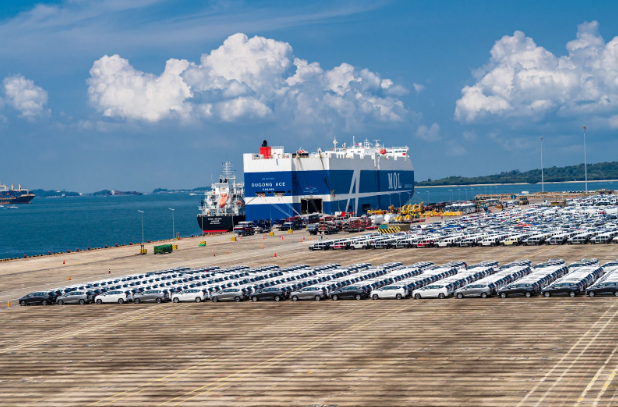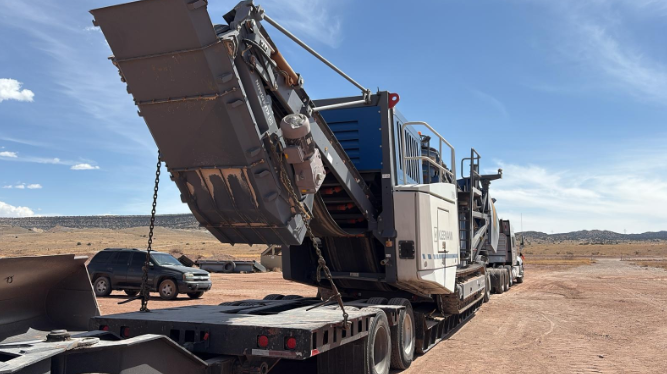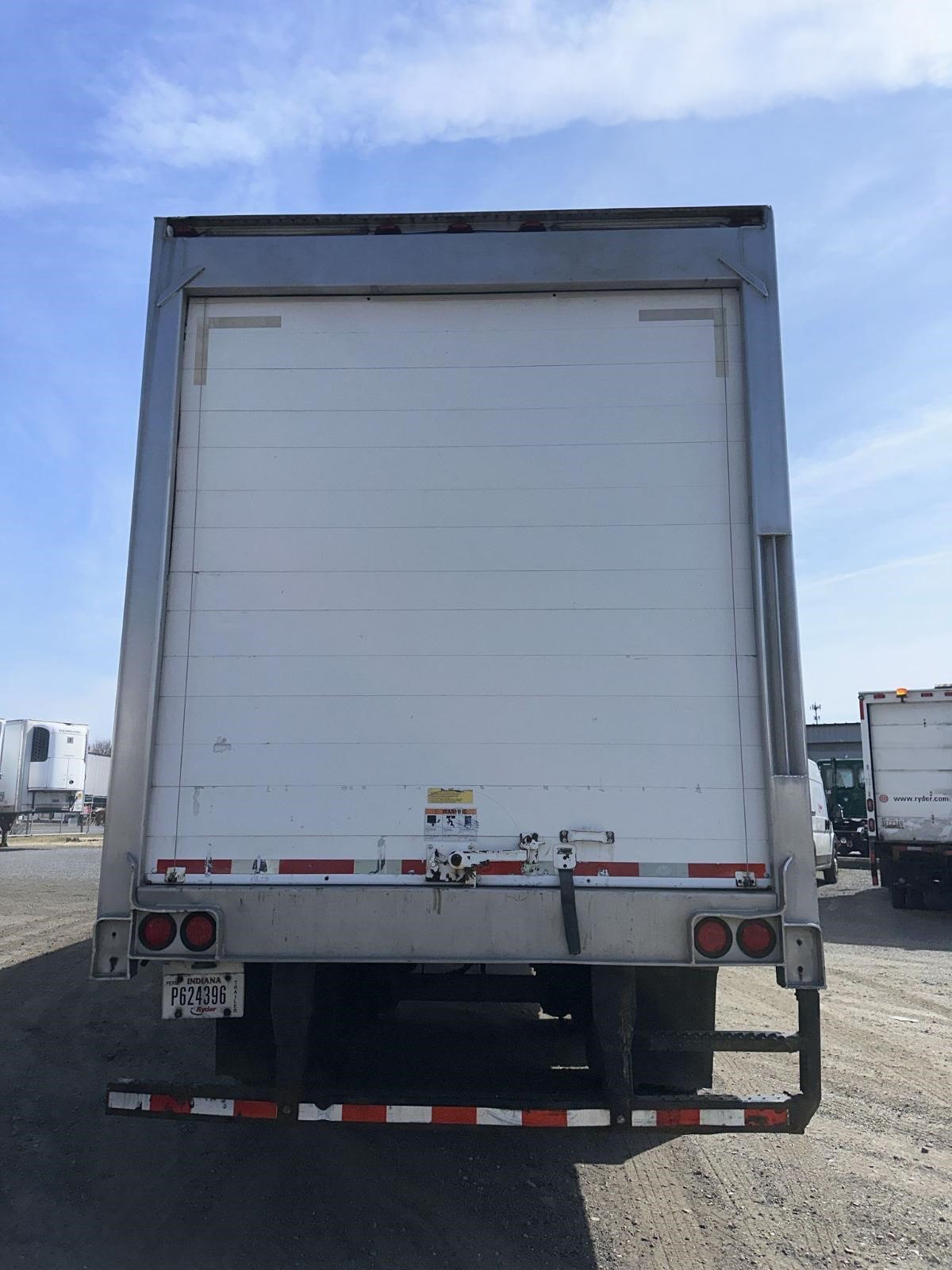Hey there, fellow heavy equipment enthusiasts! Get ready to dive into the exciting world of innovative methods and technologies in heavy equipment transportation. From modular trailers to self-driving trucks and advanced shipping containers, let’s explore how these advancements are revolutionizing the industry.
One of the prominent innovations in heavy equipment transportation is the use of modular trailers. These specialized trailers consist of multiple interconnected modules, allowing for better weight distribution and load balance. With adjustable axles, these trailers can accommodate various sizes of heavy equipment, making them highly adaptable to different transportation needs. The modular design not only enhances safety but also improves efficiency by reducing the number of required trips.
Moving on to the fascinating realm of self-driving trucks, these technological marvels are quickly gaining traction in the heavy equipment transportation sector. Just imagine a massive truck navigating the roads, highways, and even construction sites autonomously. Self-driving trucks have the potential to increase efficiency, reduce human errors, and improve overall safety. With advanced sensors, cameras, and AI-powered algorithms, these trucks can make real-time decisions, optimize routes, and avoid accidents.
Lastly, let’s talk about advanced shipping containers. Gone are the days of simply loading equipment into conventional containers. Innovative shipping containers designed specifically for heavy equipment are emerging onto the scene. These containers are equipped with specialized features such as reinforced walls, shock-absorbing materials, and securing mechanisms to ensure safe and damage-free transportation. Some containers even come with monitoring systems to track temperature, humidity, and other environmental factors that may affect the equipment during transit. These advanced containers offer better protection, increasing the longevity of heavy equipment and reducing repair costs.
Now, let’s discuss the potential benefits and challenges associated with these innovations. When it comes to modular trailers, the benefits are undeniable. With their adaptability and improved weight distribution, they can reduce transportation costs and increase operational efficiency. However, challenges may arise in terms of infrastructure compatibility, as some roads and bridges may not be able to accommodate the size and weight of modular trailers.
Moving on to self-driving trucks, the benefits are immense. Increased efficiency, reduced labor costs, and enhanced safety are just a few advantages this technology brings. However, challenges include regulatory and legal concerns, public acceptance, and potential job displacement within the industry.
Lastly, advanced shipping containers offer improved protection and monitoring capabilities, ensuring the safe delivery of heavy equipment. The benefits include reduced damage and downtime, resulting in cost savings and improved customer satisfaction. Challenges may include increased costs associated with using specialized containers and potential compatibility issues when working with various shipping providers.
In conclusion, the heavy equipment transportation industry is experiencing remarkable innovations. From modular trailers to self-driving trucks and advanced shipping containers, these advancements have the potential to significantly enhance efficiency, safety, and overall operations. However, it’s important to consider the potential challenges that may arise and work towards finding solutions that pave the way for a revolutionized heavy equipment transportation sector. Exciting times are ahead!
